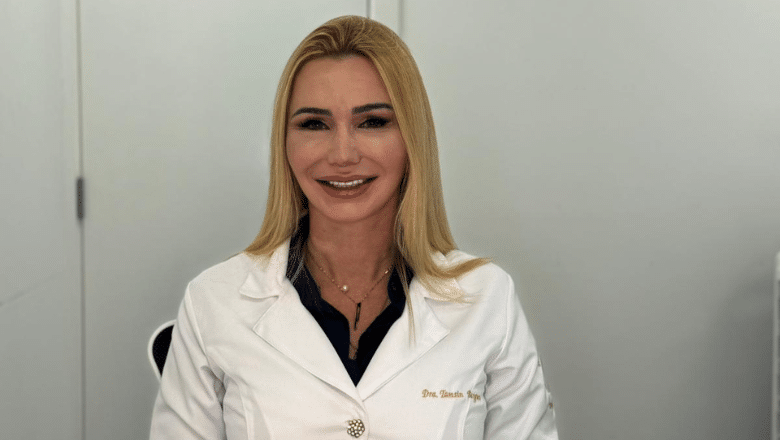
Dr Tamsin Burgues
Specialist Plastic Surgeon

Dr Tamsin Arabella Burgues, originally qualified in the UK, is a Plastic and Reconstructive Surgeon with elite training from Brazil. Following her initial medical qualification, Dr Burgues worked within the NHS before pursuing further specialisation in general surgery in Rio de Janeiro. Her passion and ambition led her to the prestigious Ivo Pitanguy Institute, where she secured a coveted position in the Brazilian Society of Plastic Surgery.
Her extensive postgraduate training spanned over six years in Brazil, where she developed a keen interest in cosmetic enhancements. Her expertise includes liposuction, fat transfer, breast surgery, and facelifts. As a lead surgeon, she has performed numerous procedures, mastering the art of Brazilian plastic surgery. Upon her return to the UK, Dr Arabella brought with her advanced techniques and a fresh perspective on cosmetic procedures, including non-invasive treatments like aesthetic injectables, which she finds particularly rewarding.
Dr Arabella’s motivation for training in Brazil was driven by her desire to refine her aesthetic skills. She is committed to enhancing her patients’ self-esteem and providing guidance that improves their lives both aesthetically and emotionally. Known for her kindness and compassion, Dr Arabella supports her patients through every step of their cosmetic surgery journey, ensuring they feel confident and cared for.








